Интересное сооружение нашли учёные на территории крупнейшего из известных поселений каменного века – Даррингтон-Уоллса. Как и Стоунхендж, оно представляет собой круг столбов. Диаметр – 500 метров, длина деревянных столбов – 7 метров, а диаметр каждого – 70 сантиметров. Круг находится в трёх километрах знаменитого Стоунхенджа.
Remarkable new archaeological discoveries are beginning to suggest that Stonehenge was built at a time of particularly intense religious and political rivalry.
Just two miles north-east of the World Heritage site, at an important archaeological complex known as Durrington Walls, archaeologists have just discovered what appears to have been a vast 500-metre diameter circle of giant timber posts. The find is of international significance.
However, the most significant revelation is the discovery that the newly identified timber circle complex was probably never fully completed – and that, just a few months or years after construction had started, there was a dramatic change in religious – and therefore almost certainly also political – direction. Work on the circle was stopped abruptly by around 2460BC – despite the fact that it was nearing completion. The 200-300 giant 6-7 metre long, 60-70 centimetre diameter timber posts were lifted vertically out of their 1.5 metre deep post holes – and were probably used to construct or expand other parts of the complex.
What’s more, within a few months or years, the post holes themselves were then deliberately filled with blocks of chalk and were covered up for most of the circuit by a bank made of similar chalk rubble. Two of the post holes have just been fully excavated – and, at the bottom of one, the prehistoric people who decommissioned and buried the site, formerly occupied by the giant timber circle, had placed one of their tools (a spade made of a cow’s shoulder blade) at the bottom of the post hole before it was filled in. It certainly hints at the ritual nature of how the change of religious direction was implemented.
It was as if the religious “revolutionaries” were trying, quite literally, to bury the past. The question archaeologists will now seek to answer is whether it was the revolutionaries’ own past they were seeking to bury – or whether it was another group or cultural tradition’s past that was being consigned to the dustbin of prehistory.
The changes at Durrington Walls and elsewhere represent a key element of Britain’s story – part of the transition from the Neolithic era to the Bronze Age. Usually it is impossible to glimpse the internal religious and political rivalries and conflicts of our prehistoric past – but the Durrington discoveries are giving the modern world an unprecedented opportunity to begin to understand aspects of the past that are normally hidden from view.
“The new discoveries at Durrington Walls reveal the previously unsuspected complexity of events in the area during the period when Stonehenge’s largest stones were being erected – and show just how politically and ideologically dynamic British society was at that particularly crucial stage in prehistory,” said Dr Nick Snashall, the senior National Trust archaeologist for the Stonehenge and Avebury World Heritage Site.
Хоть до завершения строительных работ оставалось чуть-чуть, строительство “Стоунхенджа №2” остановили 2460 году до н. э. Столбы вырвали и использовали для того, чтобы расширить другие элементы комплекса. Спустя несколько лет полутораметровые ямы, в которые устанавливались столбы, засыпались обломками мела. По предположению учёных, проект прикрыли из-за смены политических и религиозных взглядов в обществе. В одной из ям нашли лопату из коровьей кости. Археологи считают, что это артефакт для какого-то ритуала, который означал прекращение абот над деревянным «Стоунхенджем».
Оригинальный Стоунхендж был построен примерно в эти же годы. Теперь он перестал быть широким кругом с низкими камнями и «трансформировался» в узкий с высокими. Все это (вместе с возникновением крупнейшего европейского кургана Силбери-Хилл), по мнению учёных, произошло из-за появления в Великобритании так называемые традиции колоколовидных кубков – археологической культуры позднего неолита.
Стоунхендж является мегалитическим сооружением, представляющим собой комплекс кольцевых и подковообразных земляных и каменных конструкций. Он находится на 130 км юго-западней британской столицы. Несколько десятков сарсеновых камней образуют круг, диаметр которого равен 33 м. Сами камни достигают высоты 4,1 м и ширины 2,1 м.
Ранее рядом со Стоунхенджем были обнаружены семнадцать ритуальных сооружений. Речь идет о храмах, захоронениях и каменных кругах.
Если вы нашли ошибку, пожалуйста, выделите фрагмент текста и нажмите Ctrl+Enter.

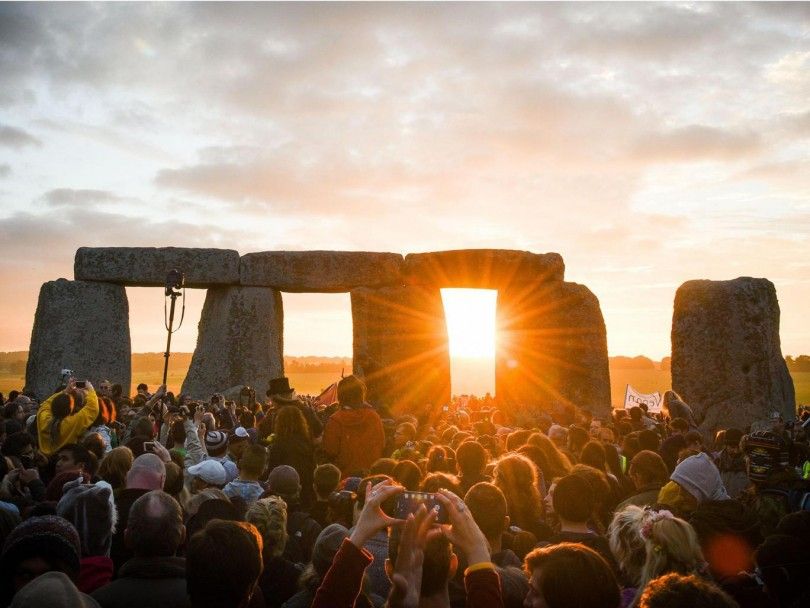
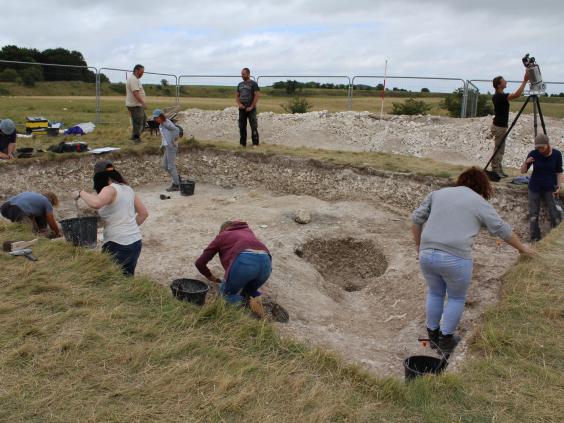
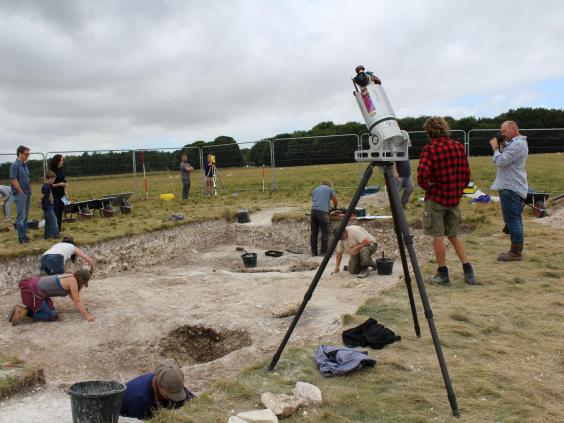
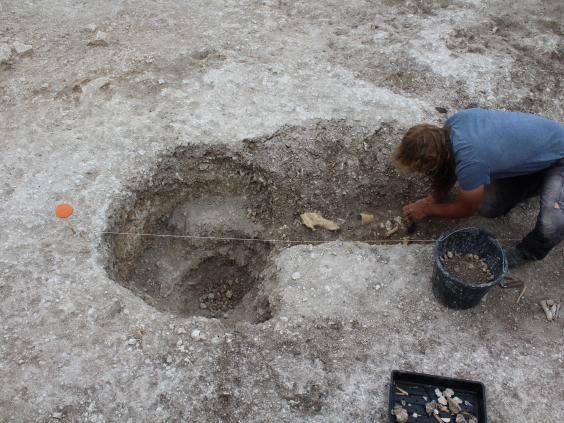
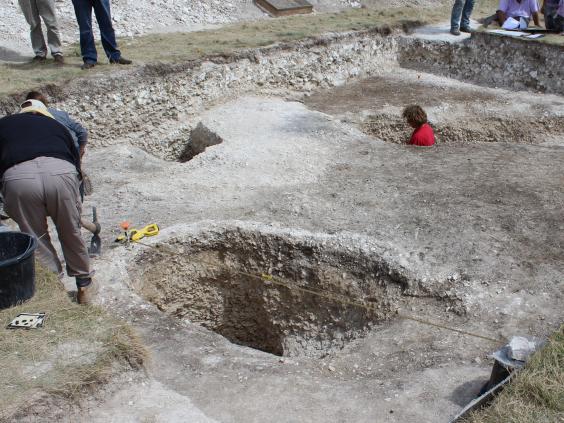






Сообщить об опечатке
Текст, который будет отправлен нашим редакторам: